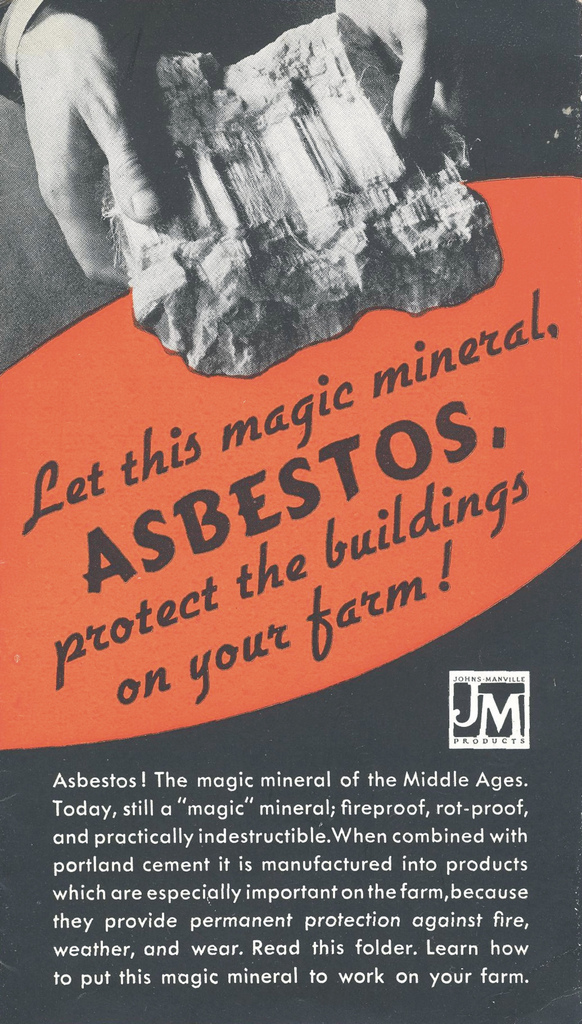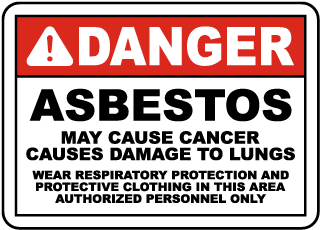Commonly known as a dangerous substance, most individuals don’t realize that asbestos is found in nature.
Ask most individuals on the street today to describe asbestos or to provide insight into its characteristics, properties, or even what it simply looks like, and they’ll likely deliver a blank stare. Asbestos is a substance that is known worldwide to be harmful and hazardous to one’s health – and it is also known to be all too prevalent in older buildings, structures, and vessels around the globe. Asbestos, in its natural form, is one of a number of six silicate minerals that present themselves in long, fibrous crystals. In fact, asbestos crystals are generally twenty times longer than they are wide. It has incredible tensile strength and excellent insulating properties which leads to a range of applications. Most asbestos is categorized according to its color – “white asbestos,” “blue asbestos,” and more.

Asbestos isn’t a new substance, though – there are records of the Ancient Romans using asbestos to reinforce pots, pans, and other cooking vessels, as well as for insulation and to create protective cloths for cooking and cleaning. There are several historical accounts of individuals throwing asbestos-fiber cloths into a roaring fire and then retrieving them after the fire was extinguished. The cloths survived – much to the amazement of everyone who witnessed the feat. So miraculous were these demonstrations that many thought that asbestos was actually the fur or hide of a mythical animal that was born of fire and could only be killed when exposed to water. Today, we know that asbestos is a naturally-occurring substance that has been mined throughout the world. We also understand that asbestos is hazardous to humans and has been banned for use in most developed countries.
While it has been decades since asbestos was actively mined in the United States, some nations continue to use asbestos as an insulating and strengthening material. This means that active mines are in place across the world, and that miners are being exposed to this carcinogenic substance on a daily basis. Russia and China are two massive nations that continue to mine asbestos, while Canada just closed its last two asbestos mines in 2011. Workers who are exposed to asbestos – whether through mining operations or during the normal course of interacting with asbestos-laden products, tend to experience serious health concerns after just a few years of exposure. Mesothelioma and pulmonary fibrosis are two serious illnesses that have been linked to prolonged asbestos exposure, and asbestos-related cases have emerged as the most costly legal proceedings in US history.
Asbestos abatement is serious business, and those who are tasked with working near asbestos or removing it altogether must understand the key safety requirements that must be followed in order to mitigate the health risks. For more information on asbestos-related training, contact the leader in the field – TheAsbestosInstitute.com.


